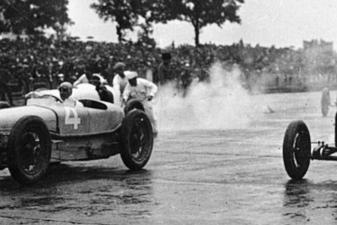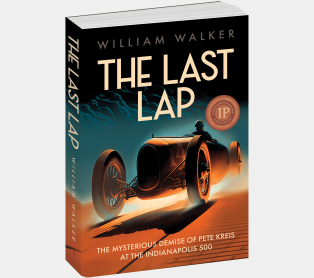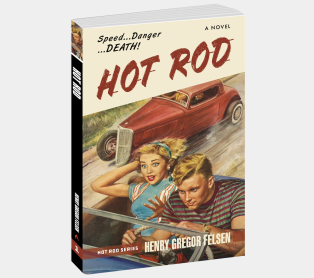A Remarkable Prophecy at Indy

The following is an excerpt from The Last Lap by William Walker. In this excerpt, read about Pete Kreis's first experience at the Indy 500—all the way back in 1925!
Memorial Day dawned bright and clear for the 1925 Indianapolis 500, as all the elements of the traveling circus of speed assembled on the prairie west of the Indiana capital. Included in the festivities were hot air balloons, fireworks, and military airplanes carving bold circles in the blue sky. Alarmed by the hoopla, a terrified rabbit emerged from its hiding place under the grandstand, dashed over the starting line, attracted the cheers of the crowd, and scampered down the track to Turn One, where it dodged into a crack in the retaining wall to escape the motor madness. Complete with all the man-made trappings and a good-luck omen from the natural world, the “greatest spectacle in racing” attracted an estimated 180,000 spectators.
Inside the white garages lining Gasoline Alley, the mechanics were giving their cars one final look, tugging on wire connections, tightening bolts, topping off fluid reservoirs, and testing every component. After changing into their coveralls, the drivers had little to do but mentally rehearse race strategies, review advisors’ suggestions, and get themselves ready for the grueling test. The final word from the Duesenberg brothers to their youngest driver, Pete, was to avoid pushing his roadster to the breaking point, as some suspected he had at Charlotte. There was also time to reflect, and Peter De Paolo recalled with satisfaction the role he had played in introducing his protégé, Kreis, to the racing fraternity. “He was a very likable chap and a good driver, becoming popular with all the drivers in a short while. By race day we were real pals,” De Paolo later recalled.
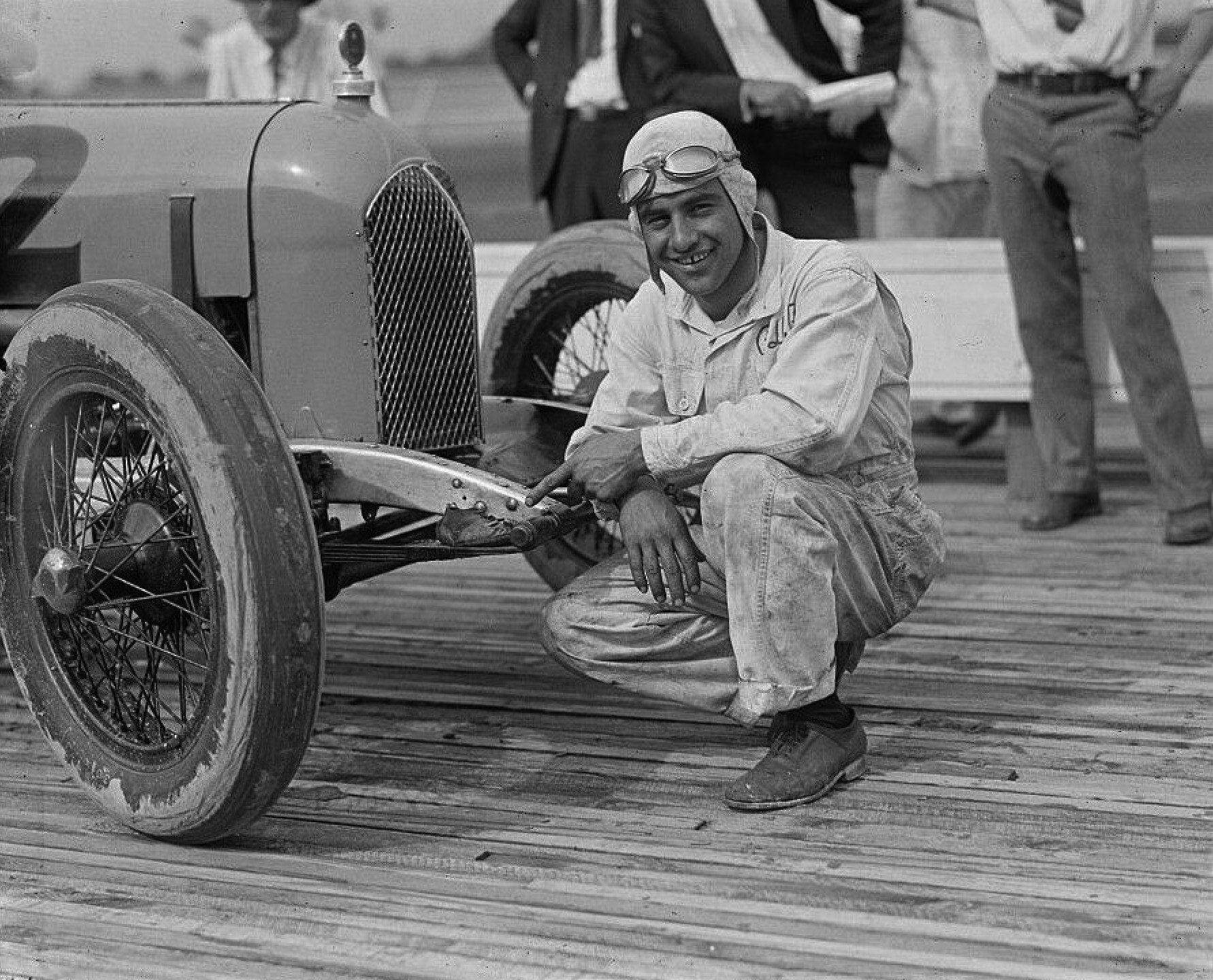
As the crew was making its final adjustments, the novice walked up to the master to offer a quick word of encouragement: “Pete, you know what Teddy Roosevelt once said to a friend of his?”
“No,” De Paolo confessed.
“‘Someday, either you or I will be President of the United States.’ Well, Petey, either you or I will win the Indianapolis race this year.”
The two laughed at Kreis’s improbable joke, shook hands, and then jumped behind their steering wheels to make their way to the starting grid. The cars were distributed into rows of three, with Kreis in the third row. Leon Duray’s Miller was in the pole position—the inside spot of the first row—while De Paolo’s banana-colored Duesenberg was in the middle spot, to Duray’s right.
“What are you going to do, Italiano?” Duray shouted, in his typically hectoring manner. “I don’t know, Leon,” De Paolo answered. “I’ll let you know going down the back stretch!”
Over the next 500 miles, Kreis’s jest morphed into a remarkable prophecy as De Paolo captured the checkered flag, and Pete came in a respectable eighth, as he finished as the fastest rookie in the race. All attention was directed to De Paolo, however, who became the first driver to average one hundred miles an hour at the Speedway. The Duesenberg brothers were overjoyed by the showing.
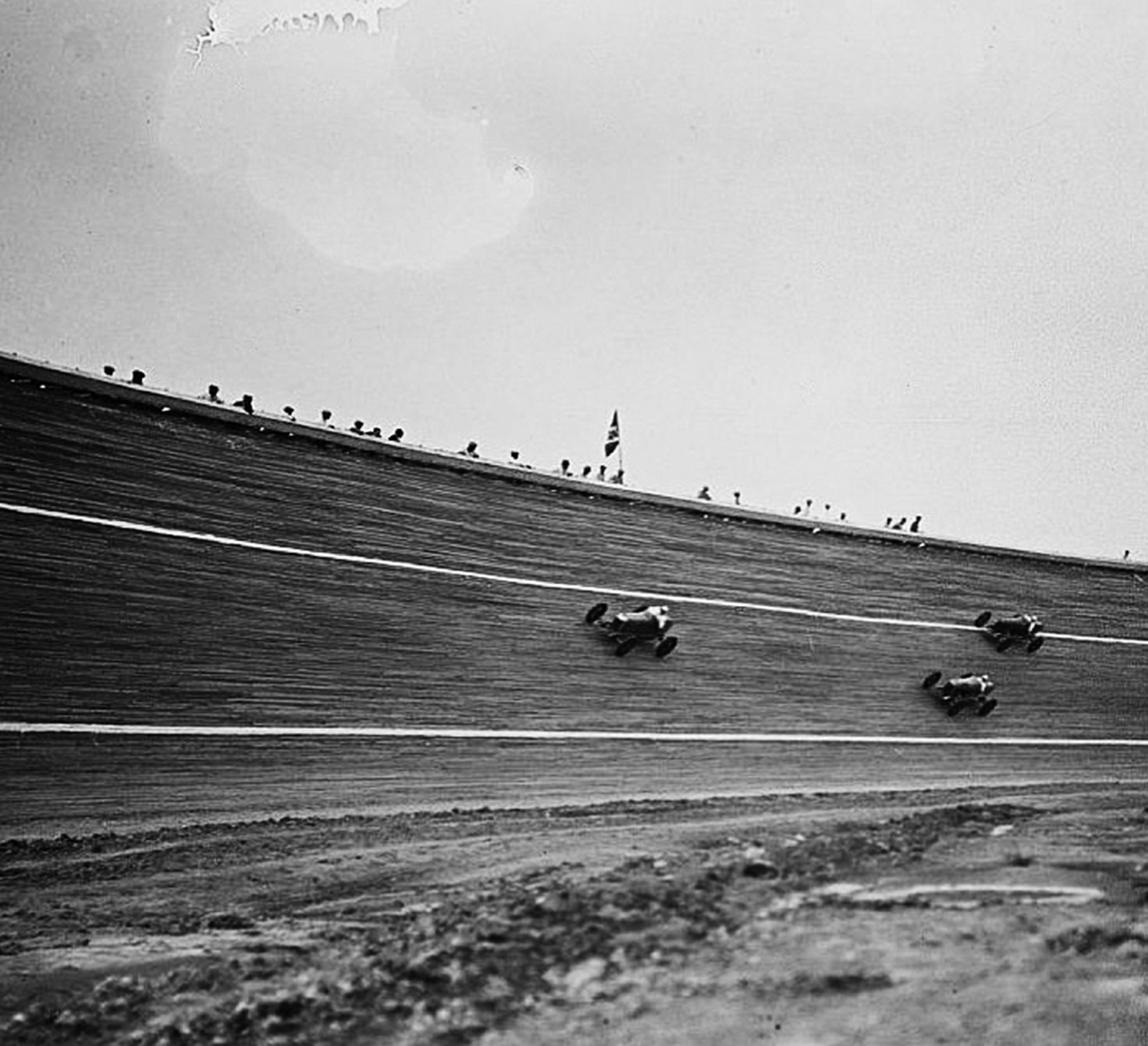
Check out the related books linked below for more of The Last Lap!


